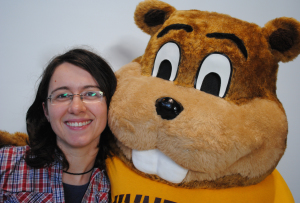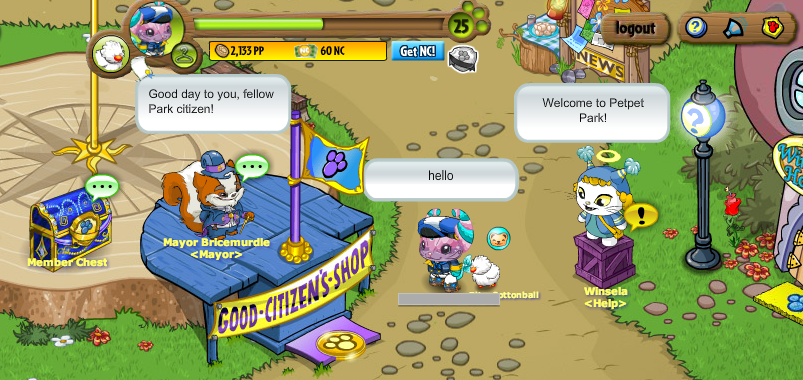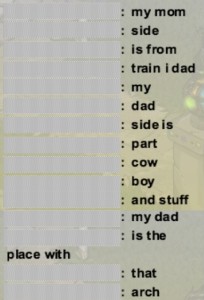One thing I learned from my new colleagues at University of Minnesota is that we don’t end meeting, we declare victory on meetings. I started this job on August 25th and I think it’s a great time to declare victory on the first month and reflect a bit.
Here are some things that stand out the most to me from these first few weeks:
- Student Are the Best: I find that my motivation and energy are benefitting tremendously from contact with students. Guest lecturing to promote my new seminar, editing CHI papers together, running a project meeting, helping with fellowship apps — all of these activities are really fulfilling for me on an emotional level and beneficial to my research on an intellectual level. I can’t wait to teach next semester!
- First Grant Is Hard: While I’ve written smaller grants before, this was my first time writing an NSF grant. The process felt different and I needed a lot of guidance. Luckily, I had a lot of help: NSF program directors (Kevin and Wendy), U of M staff (Julia and Claudette), professors at U of M (Brent, Loren, Joe, and Amy K.), and old friends from GT who shared their past applications and successful proposals (Amy V. and Erika). Even though this grant could only have one PI, I feel like it took a village and I’m incredibly grateful for all the help.
- Time is Limited: I’ve heard this a billion times, but this month really drove the point home. There are tons of opportunities but there are only 24 hours in a day. I want to do this while still maintaining my commitment to my own health, sanity, and work/life balance. I did say my first “no” to a major opportunity this month, which I hear is an important skill to learn. One challenge for me over the next few months is in pursuing the right opportunities and learning how to protect time for the activities I find most important: working with students, writing, and hands-on research. From those who have been doing this for awhile: any advice on keeping your time from getting fragmented? any advice on picking opportunities and saying yes or no?
- Emotional Support is Key: Honestly, just knowing that many of my good friends are going through the same thing is a big help. Some of my friends have started a “Professor Cohort 2014” group on Facebook (let me know if you want to join) and it helps me remember I’m not the only one facing the anxieties and the challenges. I’ve also connected with some of the new faculty in other departments through the new faculty orientation and a few social outings since then. And of course, old friends are gold — Eugene and Kurt will always be my first line of support (can’t wait for our reunion at the GVU Foley Scholars Dinner at the end of October!).
Will I still have time to blog in this new life? I better! This is one of the things that connects me to students and emotional support. It gives me a new perspective on my research. I also think protecting this time to write will be a good test of how I’m balancing the various priorities of this job — whether I’m being successful at keeping the “urgent” from getting ahead of the “important.” In a way, every post will be a declaration of victory!



